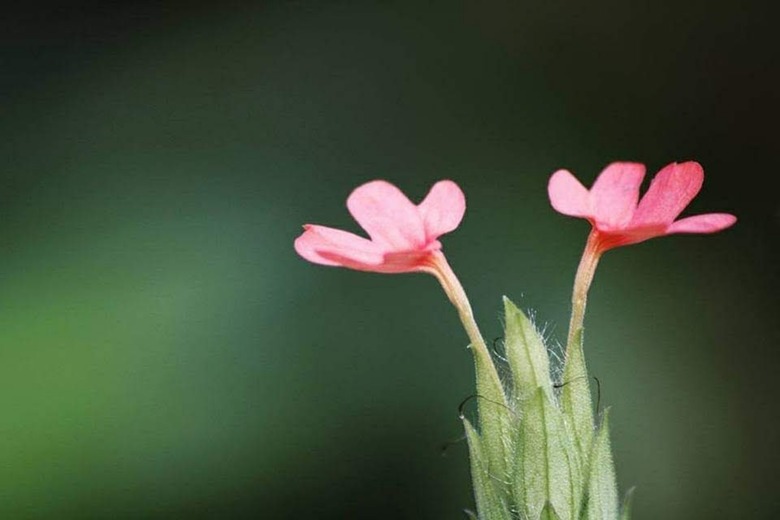What Happens During Stage One Of Photosynthesis?
Have you ever wondered why salad is healthy? Every living organism on the planet requires energy to survive. While some organisms – called heterotrophs – gather their energy through what they eat, other organisms – called autotrophs – produce their energy directly either from sunlight during photosynthesis or via inorganic chemical reactions during chemosynthesis. Learning what happens during photosynthesis is important for biologists but also helps everyone understand why plant-based foods contain energy.
TL;DR (Too Long; Didn't Read)
During the first stage of photosynthesis, called the light-dependent reaction, sunlight excites the electrons in the chlorophyll pigment. The organism uses this energy to create the energy carrier molecules ATP and NADPH, which are crucial for carbon fixing during the second stage.
What Happens During Photosynthesis?
What Happens During Photosynthesis?
Organisms that use photosynthesis include plants as well as some bacteria and protists. During photosynthesis, these autotrophs use the energy in sunlight to combine six molecules of water with six molecules of carbon dioxide, sourced from the environment, and convert those into one molecule of sugar, which is storable energy, and six molecules of oxygen, which is a waste product released into the atmosphere. Scientists write this reaction like this:
6H2O + 6CO2 ⇒ C6H12O6 + 6O2
How Does CO2 Enter a Plant?
How Does CO2 Enter a Plant?
Of course, the process of photosynthesis is more complex than a simple formula. First, the autotrophic organism must collect the necessary components to begin photosynthesis. Plants draw water from underground sources using their roots then transport the molecules of water to the leaves via xylem cells. The leaves contain microscopic openings called stomata that enable gases like carbon dioxide and oxygen to enter and exit the leaf. To gather sunlight, plants contain light-collecting pigments called chlorophyll. These pigments are also responsible for the green color characteristic of many plants.
What is the First Stage of Photosynthesis?
What is the First Stage of Photosynthesis?
Stage one of photosynthesis is the light-dependent reaction, wherein the organism uses sunlight to make carrier molecules for energy. During this stage, sunlight interacts with chlorophyll, exciting its electrons to a higher energy state. The organism harnesses this energy to make the energy carrier molecules ATP and NADPH via photophosphorylation. During this stage, water molecules break apart, releasing oxygen as a waste product.
What is the Second Stage of Photosynthesis?
What is the Second Stage of Photosynthesis?
The second part of photosynthesis is the light-independent or dark reaction. Scientists also call this stage of photosynthesis carbon fixing since it involves converting six molecules of carbon dioxide into one molecule of glucose sugar via the Calvin cycle.
Plants and other organisms that use photosynthesis store glucose for later use when they require energy. Heterotrophs like humans and other animals access this stored energy to meet their own energy needs when they consume plants or animals who have eaten plants. So, pick up your salad fork, and enjoy the stored energy those plants created through photosynthesis.
Cite This Article
MLA
Mayer, Melissa. "What Happens During Stage One Of Photosynthesis?" sciencing.com, https://www.sciencing.com/happens-during-stage-one-photosynthesis-5911845/. 22 November 2019.
APA
Mayer, Melissa. (2019, November 22). What Happens During Stage One Of Photosynthesis?. sciencing.com. Retrieved from https://www.sciencing.com/happens-during-stage-one-photosynthesis-5911845/
Chicago
Mayer, Melissa. What Happens During Stage One Of Photosynthesis? last modified August 30, 2022. https://www.sciencing.com/happens-during-stage-one-photosynthesis-5911845/
